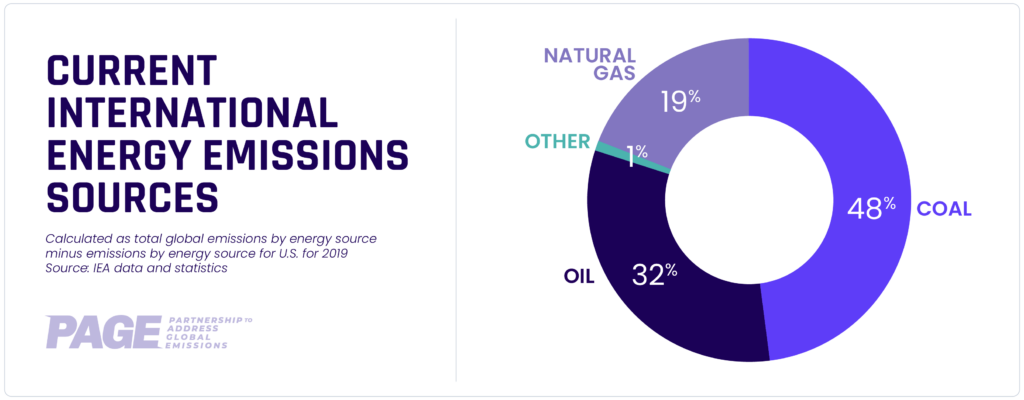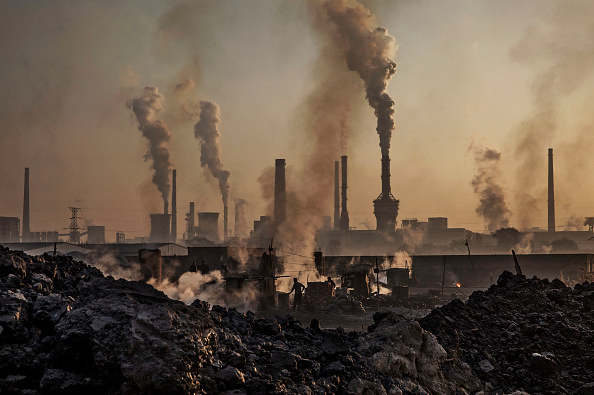Seven years ago, world leaders came together at COP21 and put forth the boldest climate commitment to date, limiting an increase in global average temperatures to 1.5°C above pre-industrial levels.
Today, the global community is still far from achieving the ambitious goals of the Paris Climate Accords.
The most significant obstacle to meeting the Paris goals remains the continued use of coal for baseload energy generation in many parts of the world.
According to Hoesung Lee, Chair of the Intergovernmental Panel on Climate Change (IPCC), not only is a 1.5°C increase inevitable if current consumption and production patterns continue, but it “will be seen sometime in this decade.”
The most significant obstacle to meeting the Paris goals remains the continued use of coal for baseload energy generation in many parts of the world. Shockingly, global coal consumption reached an all-time high in 2022, according to the International Energy Agency (IEA).

According to Global Energy Monitor, the world needs to close coal power plants at almost five times the current rate and stop building new ones to meet the Paris climate goals.
Recent Turmoil Revives Use of Coal
Today, China accounts for over half of global coal demand, and its power sector alone accounts for one-third of the world’s coal consumption. The problem is only worsening, with China on track to emit the most coal-fired power emissions in history in 2023.
Meanwhile, amid the ongoing war in Ukraine, Europe is relying increasingly on coal, reopening previously decommissioned coal-fired power plants. European coal generation increased in 2022, and just ten coal power plants are responsible for 13% of the continent’s total emissions.
Contrast the global story with the U.S., which has led the world in emissions reductions since 2005, and the path forward becomes clear: replace coal with lower-carbon natural gas.
Success in the U.S. Offers Model for Abroad
Natural gas emits half the CO2 as coal for the same power output, meaning coal-to-gas switching is an efficient way to reduce emissions while maintaining baseload power generation. In the U.S., the switch from coal to natural gas was responsible for nearly one-fifth of total emissions savings from 2010-2018, with the remaining reductions mainly attributable to structural economic changes, energy efficiency, and renewables.
But reducing emissions in the U.S. alone will not be enough to offset rising GHG emissions due to the increasing use of global coal. The world requires U.S. leadership to reverse this trend, and luckily, we have a proven model to export internationally.
The only things standing in the way of exporting this climate solution is generating the political will and a streamlined approval process for new energy infrastructure.
To get the world back on track, the U.S. must export more liquefied natural gas (LNG) to help other countries phase out coal so that the global community can meet its commitments - and help save the planet.

